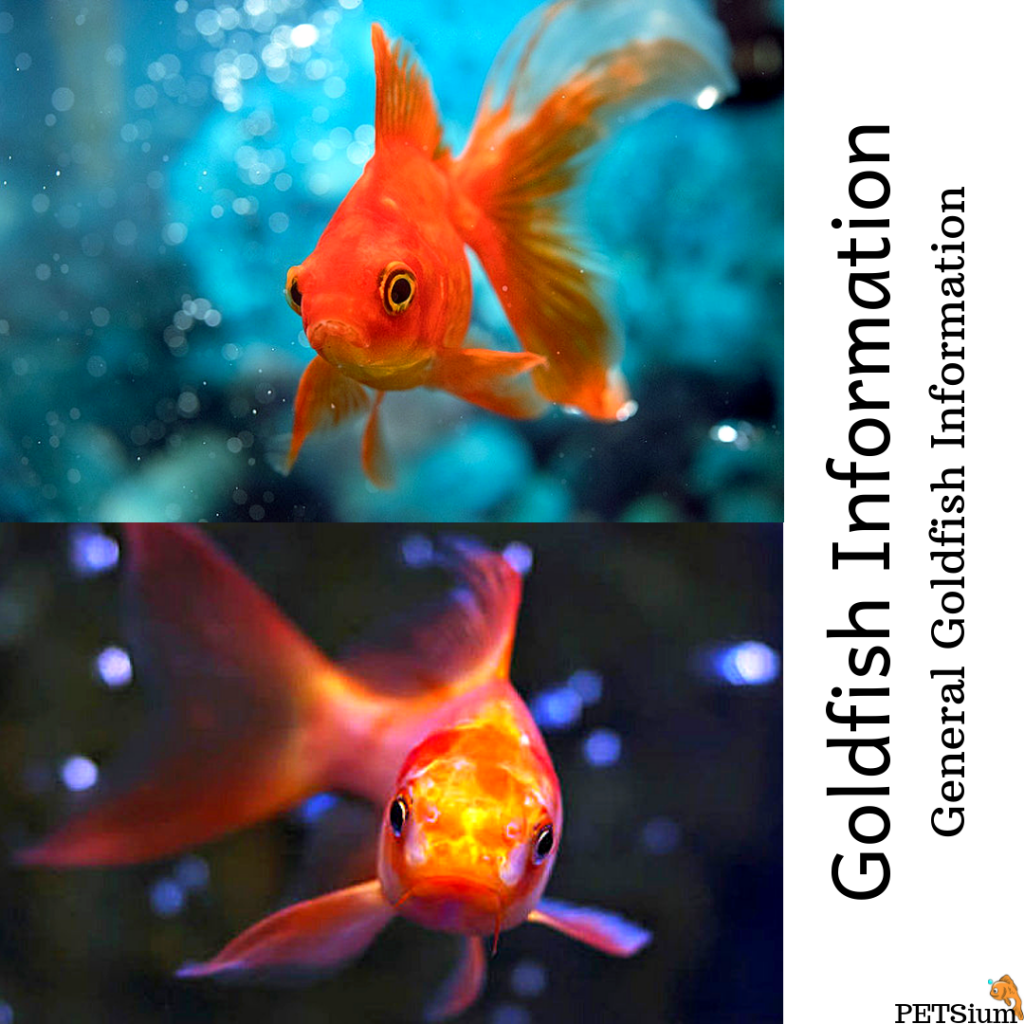Any bird is trainable but you have to remember that its up to you to make sure conditions are optimal for successful training. Bird have needs just like people. You need to make sure you’re feeding them correctly with nutritious food. Make sure they have plenty of fresh water, toys to play with to keep them stimulated and of course a really nice big cage. You would be surprised at how many people get a cage that’s way too small for their bird.
Exotic birds are absolutely wonderful pets. They’re super smart and inquisitive too but they also require interaction and can be very demanding of your attention. That’s why it’s vitally important to interact with your parrot and that means training them.
The family of exotic birds vary among species and there will be differences in training but the main thing you must first do is build trust with your bird. That means taking it nice and slow and building a relationship with your bird. Yup, a relationship and with any relationship that means having patience and taking things slow.
One method of parrot training is the use of repetition with a treat given when the bird responds in the correct way. Your bird gets the treat and further positive interaction with you. When the bird does not respond to the right command, you ignore the response and don’t give a treat.
Bird training is all about repetition; giving the command and having your bird do it over and over again. This needs to done everyday for a specified amount of time, like 15-20 minutes a day. Don’t over do it but make sure you reward your bird when he gets it right. You’ll be amazed at how fast your bird will catch on.

Post Navigation
Have a Perfect Parrot Pet
You can have the perfect bird or parrot. A parrot that doesn’t scream and lunge at you when you get too close. If you have a bird that’s scared of you the first thing you need to do is give him a little room. Some species tend to be more jittery then others but one thing you can do right away is simply back off.
Approach the cage slowly and as soon as your bird becomes noticeably uncomfortable STOP!. Stop right where you are and talk to him in a peaceful calm manner for a couple of minutes. Walk away, wait for awhile and then repeat.
What does this accomplish? First, it lets the bird know that you’re not trying to hurt him and it also calms him because you’re not invading his space. This is a fundamental technique which is very effective in allowing you to get close to even the most agitated type of bird. Clicker training birds is another method used as well.
Teach Your Parrot to Talk
You ever notice when visitors come over and see your pretty bird someone will always ask “Can he talk?“ Parrots are known for talking and most people simply assume if you have a parrot he must be able to talk, right? Wrong. All parrots have the ability to “mimic” human speech and some species are better “talkers” then others. Your parrots ability to learn how to talk is going to be dependent upon YOU having everything in place to allow your bird to learn properly. Which means conditions for learning should be as ideal as possible.
Help Your Parrot Learn to Talk
A healthy and happy trained parrot will learn to talk faster then a bird who is not trained. Parrot training is the first thing you need to do. Make sure your bird has a nice big cage, plenty of food and water and interaction with you on a daily basis.
Your bird has to trust and love you but also know that you are the dominate one. You have to be caring and very patient when it comes to teaching your bird how to talk. It’s also easier to teach younger birds how to talk then it is trying to teach older ones, so the best time to start is shortly after weaning if you’re fortunate enough to get a young bird.
You have to be consistent and set a daily routine when training your bird to talk. This is a rule of thumb for any type of bird training whether it’s learning to talk or learning basic bird tricks.

Best Bird Talkers
There is some controversy as to which birds are the best talkers but the general consensus is that some of the best talkers include:
- African Grey
- Eclectus Parrot
- Budgies
- Sulfer Crested Cockatoos
- Double Yellow Heads
- Long Billed Corellas
- Blue Front Amazon
- Quakers and the Yellow Nape
This is the short list and in no way rules out the ability of other species to talk. The moral to the story is every bird will be different. Yes some birds are “prone” to having a better ability to mimic than others but in the end it all comes down to environment and your ability to be patient and consistent in your bird training routine.
Here’s The Rub
Every body loves a good old neck rub. The neck rub is that special attachment you have with your bird and it represents total affection between you and your bird.
Work up to the neck rub. The first step to a talking bird is an affectionate bird so if you have the ability to handle your bird comfortably do so. Talk to your bird repetitively as you rub his neck. Place him in front of you and repeat one word like, “kiss”, and then give him a kiss. Your parrot will associate the word and the action together.
This is one way to start training your parrot how to talk. It takes time and patience but you’ll be surprised at how fast your bird will catch on if you maintain regular training regiment.
6 Techniques to Get Your Pet Parrot to Talk
Start Young – The earlier you start to associate words with objects the better. Your bird may not respond initially, but many will understand what you mean long before they are able to actually say words.
Be Consistent – Set aside a short time for training each day-10 minutes is enough when getting started. If your student seems to lose interest during training, stop the session, reward, and be upbeat about what you accomplished.
You always want your bird to enjoy the interaction with you, be excited during the sessions, and be eager for more. You can train on your finger or on a perch, but be consistent so your bird knows what to expect and can relax and focus on what you want to teach each time.

Be Generous With Your Reward – The reward is so important and builds such trust, respect, and love between you and your bird. It can be a favorite treat, and don’t forget one of the best rewards is praise from its human.
Your happy and animated voice while stroking your bird on the head, under the chin, or on its back can be an invaluable incentive.
Keep it Personal – There are many automated tapes that you can play for your bird, and whereas some of this has its place, the best teacher for your bird is you, up close and personal.
Remember, only part of the process is about teaching your bird to speak. An equally important part of the process is having your pet feel a sense of accomplishment, and be able to please you.
A bird that feels successful and is praised after each session is much more likely to talk. And even if it never speaks, you’ve developed a bond that will only deepen with time.
Repeat and Repeat – When trying to get your bird to make associations, use the object and repeat the word slowly several times. As it masters words, reinforce the word by giving it the object it requests such as ball, toy, cracker.
Use words consistently when certain things happen. When people enter the room the cue might be welcome, welcome, welcome. When it’s time for dinner, the cue could be dinnertime. If you cover the cage at night it could be night, night or see you in the morning!
If you’re lucky, you’ve got a living tape recorder that is eager to soak up the words and say them back to you at just the right time. Be creative with what you decide to teach. You may be hearing it for years.

Don’t Worry, Be Happy – Don’t take your bird’s talking too seriously. Each bird has its own personality and will learn at its own rate. Set goals, but should you and your bird not be able to reach them, don’t let it spoil the fun.
Almost all parrots have the capacity for speech. It’s one of the biggest attractions for parrot owners, but it quickly becomes frustrating and disappointing when the birds don’t seem to catch on. Take heart, it’s easier than you think! Teaching your parrot to speak is very rewarding, and can be accomplished easily, as long as you keep three things in mind: patience, repetition, and dedication.
If you remain dedicated to the task, patient with your parrot, and continue to repeat the sounds on a regular basis, there is no doubt that your parrot will be talking in no time. Then, it’s just a simple matter of introducing new words and sounds.





Leave a Reply